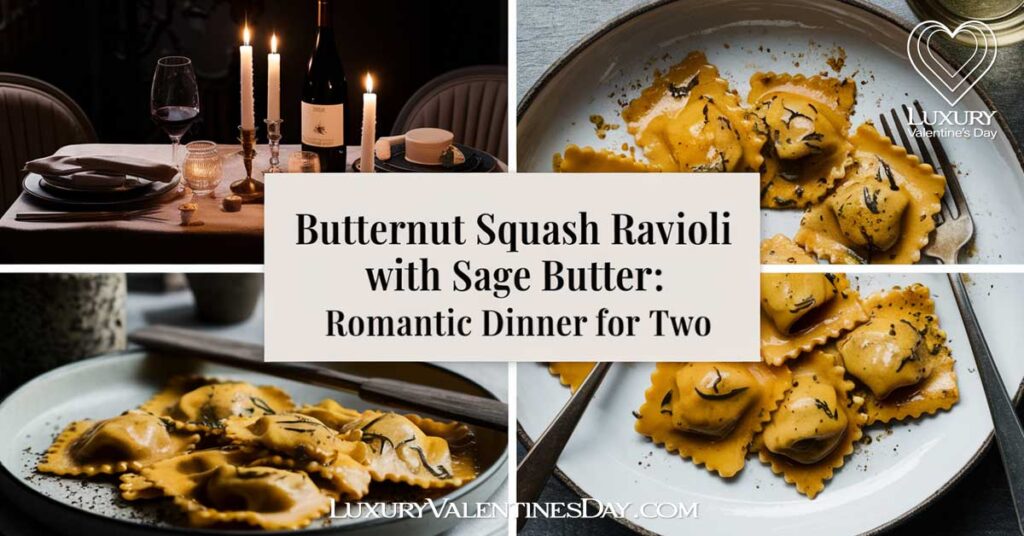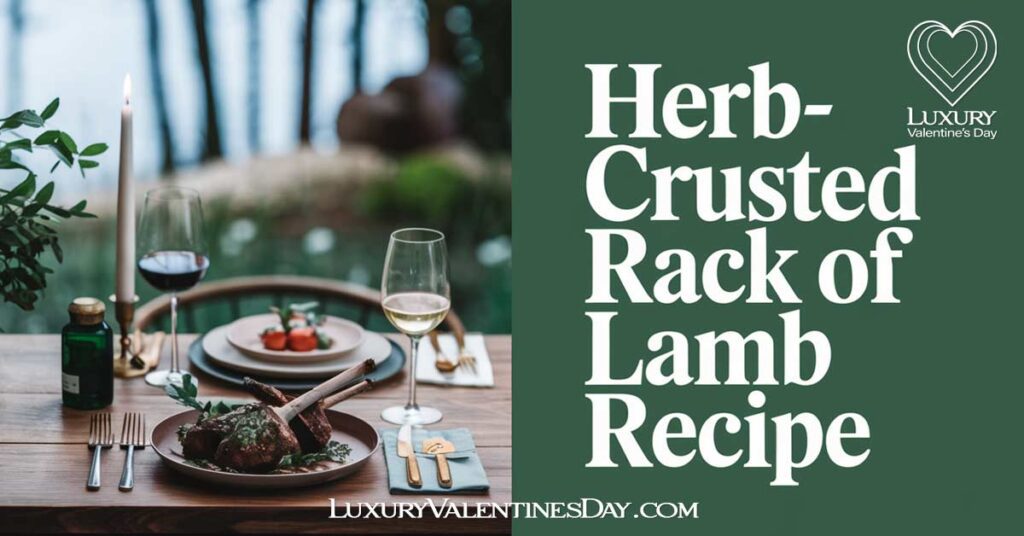
Table of Contents
ToggleHow to Perfectly Glaze Cookies for a Professional Look
Few things are as eye-catching as cookies decorated with glaze icing—their glossy, vibrant finish adds a beautiful shine that makes every cookie look like a masterpiece.
Glaze icing is the ideal choice for creating a smooth, elegant surface on cookies, perfect for any occasion, from holiday gatherings to special events. This versatile icing is simple to make and brings a professional finish without the complexity of intricate piping or detailed work.
Imagine a tray of cookies with flawless, mirror-like icing in rich colors, each one a small work of edible art. With just a few techniques, you can achieve this stunning look and take your cookies to a whole new level.
Glaze icing not only creates a beautiful, shiny coating but also allows for creative designs and vibrant colors. Whether you want to cover the whole cookie in a single, smooth color or add artistic details, glaze icing is an easy way to make cookies look polished and appealing. From tips on achieving the perfect consistency to techniques for adding extra flair, this guide will show you everything you need to know to decorate cookies with glaze icing like a pro.
For creative inspiration and unique cookie decor ideas, explore our detailed guide on Valentine’s Day cookie decorating ideas.
How To Mix and Apply a Glaze Icing
Creating a glaze icing is quick and straightforward. The key is to find the right consistency—thick enough to coat the cookies without running off the edges, yet thin enough to create a smooth, glossy layer. Here’s a step-by-step guide to mixing and applying a glaze:
- Ingredients:
- 1 cup of powdered sugar, sifted
- 1-2 tablespoons of liquid (water, milk, or lemon juice)
- ½ teaspoon of vanilla extract or your preferred flavouring (optional)
- Food colouring (optional)
- Mix the Glaze Icing:
- In a medium-sized bowl, add the sifted powdered sugar. Slowly add the liquid, a little at a time, whisking constantly until the glaze reaches your desired consistency. For a thicker glaze, use less liquid; for a thinner glaze, add a bit more.
- If you want a coloured glaze, mix in a few drops of gel food colouring until evenly blended. Gel colours are ideal as they don’t affect the consistency of the glaze.
- Consistency Tip: The glaze should be thick enough to coat the back of a spoon without immediately dripping off. It should pour smoothly but not be overly runny.
- Apply the Glaze Icing:
- Allow the cookies to cool completely before applying the glaze to avoid it melting or running. Place the cookies on a cooling rack set over parchment paper to catch any drips.
- Use a spoon or a small offset spatula to drizzle the glaze over the top of the cookies. For a more uniform finish, dip the top of each cookie directly into the glaze, allowing any excess to drip off before setting it back on the rack.
- If you want a more polished look, use a pastry brush to carefully spread the glaze evenly over the surface of each biscuit.
- Drying Tip: Let the glazed cookies sit at room temperature until the glaze is fully set—this can take around 15-30 minutes depending on the thickness.
Essential Tips for Decorating Cookies with Glaze Icing
Creating cookies decorated with glaze icing is a fun way to add a smooth, shiny finish that looks both professional and inviting. The following table provides tips on achieving the perfect glaze consistency, choosing colors, and mastering application techniques for beautifully finished cookies. Whether you’re a beginner or a seasoned baker, these tips will help you create flawless, glossy cookies every time.
| Aspect | Tips | Description |
|---|---|---|
| Icing Consistency | Mix icing until it forms ribbons that disappear in 10-12 seconds for ideal coverage | This consistency allows for easy application and a smooth finish. |
| Colouring the Glaze | Use gel-based food coloring for vibrant shades without thinning the icing | Gel colors keep the icing thick and prevent it from becoming runny. |
| Application Tools | Use squeeze bottles or piping bags for precise control; spreaders for full coverage | Squeeze bottles help with details, while spreaders create even coats. |
| Layering and Drying | Allow the first layer to dry fully before adding more glaze or decorations | Layering ensures each design remains distinct without blending. |
| Adding Details | Use toothpicks or fine brushes for intricate patterns, such as swirls or marbling | These tools are great for artistic touches on wet glaze icing. |
This table provides a quick guide to essential techniques for working with glaze icing, helping bakers achieve smooth, glossy finishes with precision and creativity. From consistency tips to layering methods, these insights will take your cookie decorating skills to the next level.
Suggestions for Adding Flavours to the Cookie Glaze Icing

One of the best things about using a glaze is that it’s easy to customise with different flavours, enhancing the overall taste of your cookies. Here are some flavour ideas to make your glaze even more delicious and perfectly suited for various occasions:
1. Vanilla Bean Glaze Icing
A classic choice, vanilla bean glaze adds a rich and aromatic sweetness to your cookies. Use pure vanilla extract or scrape the seeds from a fresh vanilla bean for a more intense flavour. This glaze pairs beautifully with any type of cookie and looks especially elegant when left white or tinted with soft pastel shades.
Flavour Tip: Add a tiny pinch of sea salt to the vanilla glaze to balance the sweetness and bring out the vanilla’s depth.
2. Citrus Glaze Icing
A lemon or orange glaze adds a zesty brightness that contrasts beautifully with the sweetness of the biscuit. Use freshly squeezed lemon or orange juice as the liquid base, and add a bit of finely grated zest for extra flavour. This is perfect for spring or summer-themed cookies, adding a light and refreshing taste.
Pairing Idea: A lemon glaze is a great match for floral-themed decorations or cookies topped with edible flowers, while an orange glaze complements chocolate-dipped or spiced cookies.
3. Almond or Hazelnut Glaze Icing
For a rich, nutty twist, use a few drops of almond or hazelnut extract in the glaze. These flavours add warmth and complexity, making them perfect for autumn or winter cookies. They also pair wonderfully with chocolate-dipped cookies or those sprinkled with chopped nuts.
Flavour Tip: Top the almond or hazelnut-glazed cookies with a sprinkle of finely chopped toasted nuts for an extra layer of flavour and texture.
4. Rosewater or Lavender Glaze Icing
Add a floral note with a delicate rosewater or lavender glaze. These unique flavours bring an elegant and slightly perfumed sweetness to the cookies, making them ideal for weddings, Valentine’s Day, or spring events. Use just a few drops of rosewater or lavender extract to avoid overpowering the glaze.
Presentation Tip: Tint the glaze with a soft pink or lavender hue to match the floral theme, and sprinkle a few edible flower petals on top for a truly romantic finish.
5. Spiced Glaze Icing
Warm spices like cinnamon, nutmeg, or cardamom can transform a simple glaze into something cosy and comforting. Add a pinch of your favourite spice to the powdered sugar before mixing in the liquid. This type of glaze is perfect for festive or holiday cookies, adding a hint of warmth to each bite.
Pairing Idea: Cinnamon or nutmeg glaze pairs beautifully with cookies that include dried fruits or are decorated with a sprinkle of coarse sugar.
6. Coffee or Mocha Glaze Icing
For a more sophisticated flavour, try adding a splash of strong brewed coffee or a teaspoon of espresso powder to the glaze. This mocha-flavoured glaze adds a rich, bold touch that complements chocolate or nutty cookies. It’s perfect for adult gatherings or occasions where you want a more refined taste.
Visual Tip: Drizzle the mocha glaze in a zigzag pattern over a layer of white glaze for a striking contrast.
7. Maple or Honey Glaze Icing
A maple syrup or honey-based glaze adds a natural sweetness and a rich, caramel-like flavour to the cookies. Use real maple syrup or a mild honey to avoid overly sweet results. This type of glaze works beautifully with rustic decorations like crushed nuts, oats, or cinnamon sprinkles.
Flavour Tip: Add a touch of ground cinnamon or a dash of bourbon to a maple glaze for a deeper, more complex flavour.
Additional Tips for Working with Glazes
- Test the Consistency: Always test a small amount of glaze on a spare cookie or a piece of parchment paper to ensure it has the right consistency. You can adjust it easily by adding more powdered sugar to thicken or more liquid to thin it out.
- Allow Proper Drying Time: Be patient when drying the glaze—moving the cookies too early can cause the glaze to smudge or lose its shine. If you’re adding decorations like sprinkles or edible glitter, do so while the glaze is still wet for the best adherence.
- Experiment with Layers: Don’t be afraid to layer glazes for added visual interest. Let the first glaze set completely before adding a second, either with a contrasting colour or a drizzle of flavoured glaze on top.
- Use a Cooling Rack: Placing the cookies on a cooling rack while glazing allows any excess to drip off easily, keeping the edges clean and ensuring an even coating.
By mastering the art of glazing, you can create cookies that look as good as they taste. This simple technique adds a professional sheen to your bakes, whether you’re preparing biscuits for a casual family gathering or a luxurious event. With the right flavours and a little creativity, your glazed cookies will be a beautiful and delicious highlight of any occasion.
Frequently Asked Questions About Cookies Decorated with Glaze Icing
How do I get the perfect glaze icing consistency for cookies?
To achieve the perfect consistency, mix your glaze until it forms ribbons that disappear within 10-12 seconds. This allows for smooth application without running or pooling.
Can I add food coloring to glaze icing without thinning it?
Yes, using gel-based food coloring is ideal for adding vibrant colors to glaze icing without affecting the consistency. Liquid food coloring may thin the icing, so gel is a better choice.
How long does glaze icing take to dry on cookies?
Glaze icing typically takes 1-2 hours to dry to the touch, and around 8-12 hours to dry completely. For best results, let the cookies sit overnight in a cool, dry place.
Can I layer different colors of glaze icing on one cookie?
Absolutely! Just allow the first layer of glaze to dry completely before applying a second layer to avoid colors bleeding. This technique works well for adding details and depth to your designs.
How do I prevent air bubbles in my glaze icing?
To reduce air bubbles, let the icing sit for a few minutes after mixing, then gently stir before use. If bubbles appear while decorating, use a toothpick to pop them for a smooth surface.
Previous Article
Cookies Decorated with Sugar Sprinkles and Pearls: Simple Tips for Beautiful Results
Next Article
Decorating Cookies with Nuts, Fruits, or Spices for Texture and Flavour
Related Posts
- Date Ideas That Start with U: Unique and Unforgettable Dates
- Dating Quotes Cute Enough to Make Your Heart Flutter
- Butternut Squash Ravioli with Sage Butter: A Perfect Romantic Dinner for Two
- Alphabet Date Ideas: A to Z Guide for Creative Couples
- Valentine’s Day Bathroom Décor Ideas: Transform Your Space into a Romantic Haven
- Date Ideas That Start with J: Joyful and Jazzy Dates













